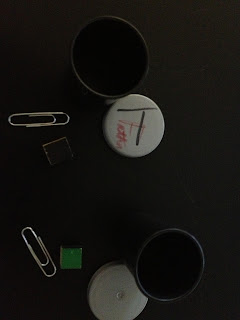I have always been taught that we do not hunt and kill animals unless they are providing food for our table, or in self-defense. So, when I read the Sand County Almanac Essay Think Like a Mountain, it disturbed me to picture the massacre upon the wolves and wolf pups, that were causing no trouble. It seemed like such mindless shooting and careless killing. It made me sad and uncomfortable to picture the wolves injured by the inhumane actions. Not only did the group shoot the wolves unnecessarily, they killed them without proper aim, inflicting pain upon the animals; rather than, at the very least, taking them out of their misery.
After the retelling of this memory in Think Like a Mountain, Leopold goes on to say that he has seen the affects of killing of the wolves. Since the ecosystem in which the wolves live(d), is interdependent, as the wolves died, or were killed, the ecosystem was thrown awry. The deer became overpopulated, as the they had no predator to keep the population down. Resulting in much more consumption of the low lying trees and bushes on the mountain. This range taking generations to regrow.
Another consequence of the wolves dying out within the ecosystem, as Leopold states, was the crowding on the range where the cattle roamed. Although the farmers saw a loss from an attack on their cattle, the failed to realize that the wolves kept their ranges within healthy numbers.
When I think about this and put it in terms of the Marquette area, I think of what a disaster it would be to lose the precious wildlife and forestry that surrounds us. By affecting on species, we affect all of the species directly and indirectly. By thinking like a mountain, looking at the long term affects of species extinction or interactions, we can make sure that we are preserving the nature around us.


.jpeg)
.jpeg)
.jpeg)
.jpeg)
.jpeg)
.jpeg)
.jpeg)
.jpeg)
.jpeg)
.jpeg)
.jpeg)
.jpeg)
.jpeg)
.jpeg)
.jpeg)
.jpeg)
.jpeg)
.jpeg)
.jpeg)
.jpeg)
.jpeg)
.jpeg)









.jpeg)
.jpeg)
.jpeg)


.JPG)



